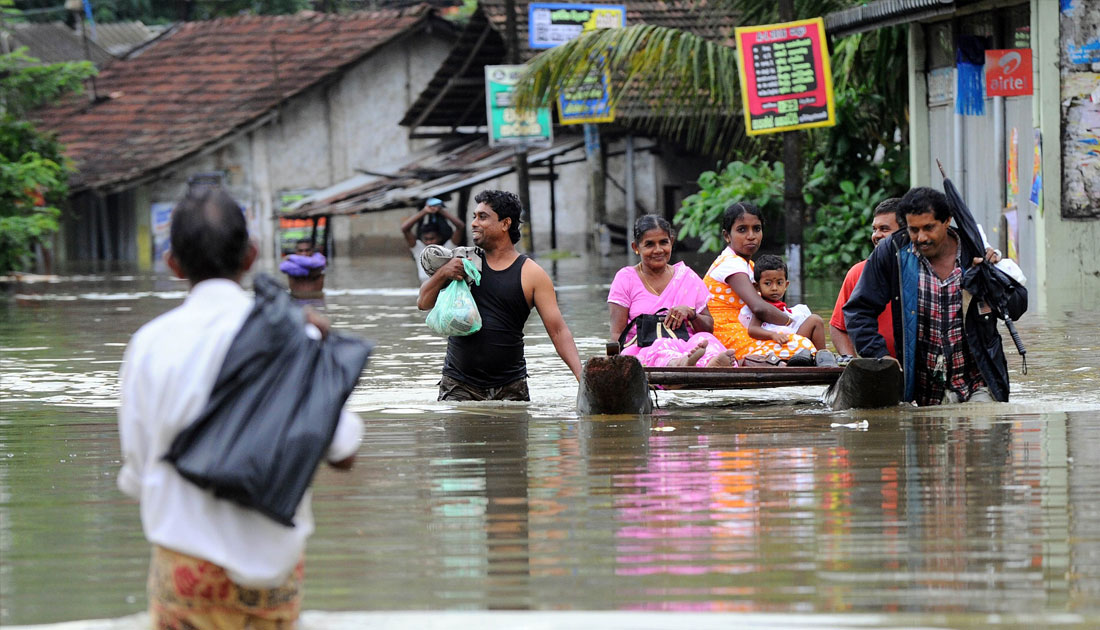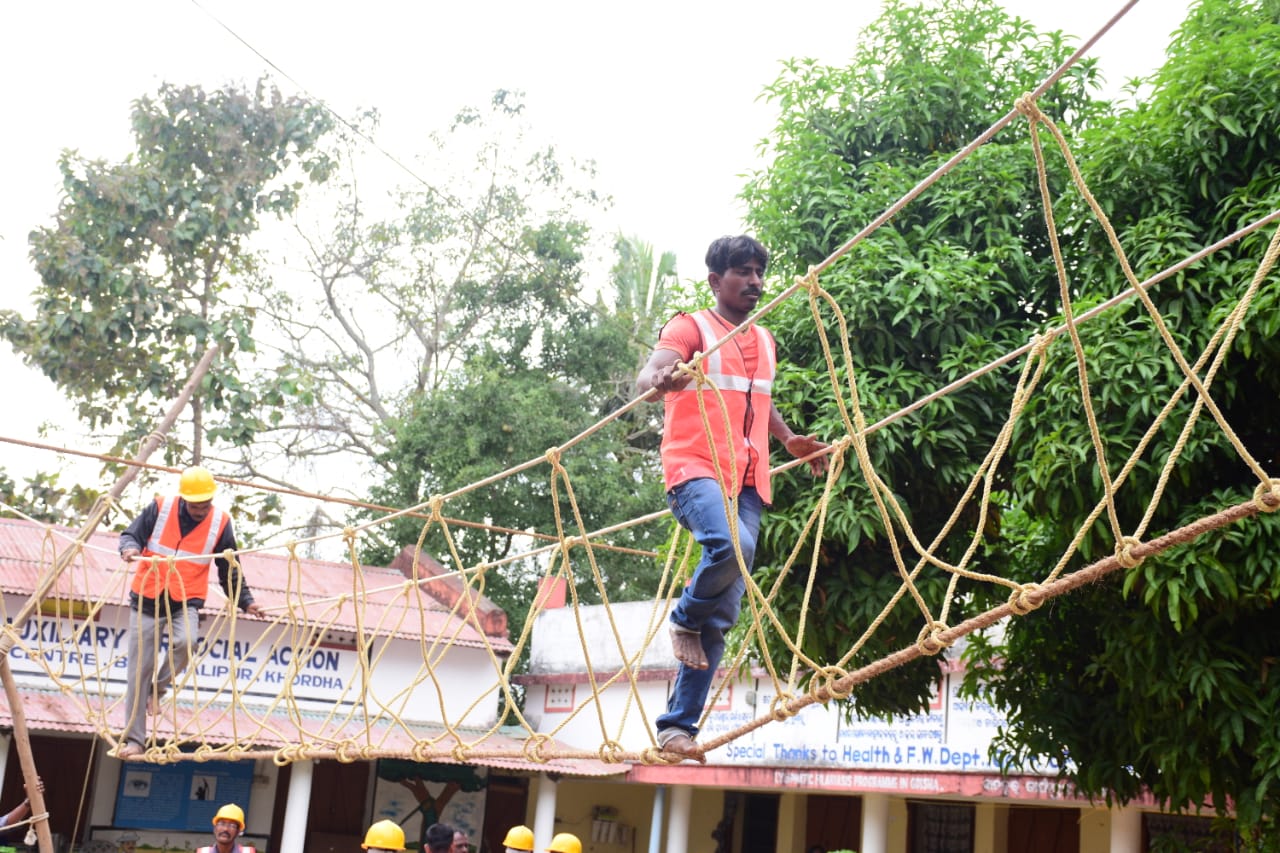CASA BLOGS

The Ultimate Guide to Disaster Risk Management
Disasters can strike at any time, in any location and impact any business. From hurricanes to floods, earthquakes and tornadoes, businesses of all sizes can be impacted by unexpected events. Businesses are never prepared for a disaster but they can take steps to mitigate the risk of an event occurring and limit the impact should it happen. No business is immune from risk of natural or man-made disasters or pandemic outbreaks – even large companies have been forced to shut down their operations temporarily due to smaller pandemic outbreaks like SARS or influenza strains. Moreover, according to the World Economic Forum’s 2017 Global Risk Report, natural catastrophes cost the global economy an estimated $520 billion in 2016 alone. Trends show that these risks are only likely to increase over time, making it imperative that businesses understand how they can manage these risks as an organization and protect themselves from potential financial impacts of a disaster.
What is Disaster Risk Management?
Disaster risk management (DRM) is the process of identifying, assessing and managing all the risks that could impact your organization. DRM is an essential element of any organizational resilience strategy which is the process of preparing a business to thrive in a high-risk environment. A resilient business is able to withstand unexpected events and continue to function as usual, even amidst disruptions in the supply chain and other bottlenecks created by unexpected events. DRMs vary according to the type of risk involved. For example, hazards represent the likelihood that a risk will occur. Threats represent the potential impact if the risk is realized. Disaster risk management starts with identifying the potential risks that an organization faces and then determining the likelihood of each risk actually occurring. Organizational leaders must have a thorough understanding of the risks their businesses face in order to make informed decisions about how to manage those risks.
Why is Disaster Risk Management Important?
Disasters can strike at any time and in any location. Even though some businesses may believe that they are not at risk, studies show that companies of all sizes are vulnerable to the impact of unexpected events. In fact, according to the World Economic Forum, 95% of all companies have reported being impacted by disasters in the past 10 years. While some companies might experience minor disruptions, others could face financial losses or even total shutdown — and the longer they are closed, the more difficult they are to reopen.Disaster risk reduction programme is important because it provides companies with a process to identify the risks they face, assess how likely those risks could occur, and develop plans to reduce the likelihood that the risks will occur and improve their ability to respond to an event if it does happen. Businesses can use this process to prevent disasters from happening in the first place or minimize the potential impact if they do happen.
Identify and Assess Risks
The first step of any DRM effort is to identify and assess the risks that your organization faces. This can be a daunting task because there are many different types of risks that businesses face, including natural and man-made disasters, pandemic outbreaks, cybersecurity threats, cyberattacks, geopolitical instability and regulatory compliance risks. The first step in identifying risks is to determine which risks are relevant to your business. This can be done by mapping out the supply chain and identifying any key suppliers and customers that have the potential to be impacted by unexpected events. Organizational leaders should also consider any events that could disrupt staff and customers from accessing the company’s services or facilities as well as general geopolitical events that could have an impact on the company.
Develop a Resilience Strategy
Resilience strategies are designed to help businesses prepare for an event that could disrupt operations. Organizational leaders can use a resilience strategy to determine which risks the company should focus on reducing and what actions could be taken to increase the likelihood an event never occurs. There are two main types of resilience strategies: focused and general. Focused resilience strategies are designed to reduce the risk of a specific type of risk. For example, a company that manufactures airplanes might focus its resilience strategy on protecting its supply chain from disruptions caused by natural disasters. General resilience strategies, on the other hand, are designed to improve a company’s ability to respond to any type of risk. General resilience strategies of disaster risk management often include building organizational capacity, improving response procedures and diversifying sources of revenue.
Build a Disaster Recovery Plan
Disaster recovery plans are designed to help companies respond to an unexpected event. While resilience strategies are focused on reducing the likelihood of an event occurring, disaster recovery plans focus on what to do if an event does happen. Disaster recovery plans are an essential part of any organization’s overall risk management strategy. While resilience strategies are important for reducing the likelihood of an event occurring, DRPs are critical for ensuring that the business can continue operating even if an event does happen.
Conclusion
Organizations must be prepared for unexpected events, including natural and man-made disasters, pandemic outbreaks and other disruptions. Disaster risk management is the process of identifying, assessing and managing all the risks that could impact your business. The first step in any Disaster Risk reduction programme effort is to identify and assess the risks that your organization faces. Organizational leaders can use a resilience strategy to determine which risks the company should focus on reducing and what actions could be taken to increase the likelihood an event never occurs. Finally, organizations must have a disaster recovery plan in place to respond to an event if one does happen.
 Previous Blog Post Role of NGOs Working For Women’s Rights In India
Previous Blog Post Role of NGOs Working For Women’s Rights In India Importance of Sustainable Management Of Natural Resources
Importance of Sustainable Management Of Natural ResourcesFeatured Post

Empowering Rural Education in India:
14 Mar 2024
Introduction: In the vast tapestry of India, education is the key to unlocking the door to a brighter future. However, the challenge of providing quality education to the rural parts of the country persists. In this blog post, we will delve into the crucial role that Non-Governmental Organizations (NGOs) play in bridging the educational gap […]

Empowering the Future: Disaster Management Training for School Children in Disaster-Prone Areas
22 Feb 2024
Introduction: In the face of increasing natural disasters worldwide, it becomes imperative to equip our younger generation with the knowledge and skills necessary to handle emergency situations. Children, being one of the most vulnerable groups during disasters, can greatly benefit from disaster management training. This blog explores the significance of imparting such training, with a […]

Empowering Women: Transforming Lives Through Sustainable Livelihoods in Rural India
16 Feb 2024
Introduction: In the heart of rural India, a silent revolution is taking place as women embrace newfound opportunities for sustainable livelihoods. This transformation not only uplifts individual lives but also contributes to the overall development of communities. At [Your Organization’s Name], we are committed to driving positive change by providing women in rural India with […]



Leave a Reply
You must be logged in to post a comment.